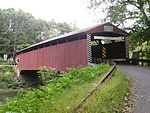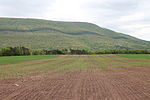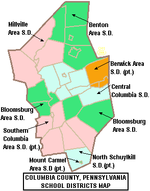Catawissa, Pennsylvania
1892 establishments in PennsylvaniaBloomsburg–Berwick metropolitan areaBoroughs in Columbia County, PennsylvaniaPopulated places established in 1774

Catawissa is a borough in Columbia County, Pennsylvania, United States. It is part of Northeastern Pennsylvania. The population was 1,539 at the 2020 census. It is part of the Bloomsburg-Berwick micropolitan area. Catawissa is twinned with Uxbridge, Ontario. The historic link began in 1805, when the Uxbridge area was granted by the British crown to Dr. Christopher Beswick, first medical doctor north of the Oak Ridges Moraine. While not a Quaker, he lived in Catawissa before moving to the Uxbridge area. Beswick Lane in the Ontario town is named after him.
Excerpt from the Wikipedia article Catawissa, Pennsylvania (License: CC BY-SA 3.0, Authors, Images).Catawissa, Pennsylvania
Quinn Avenue,
Geographical coordinates (GPS) Address Nearby Places Show on map
Geographical coordinates (GPS)
| Latitude | Longitude |
|---|---|
| N 40.9525 ° | E -76.460277777778 ° |
Address
Quinn Avenue 135
17820
Pennsylvania, United States
Open on Google Maps










